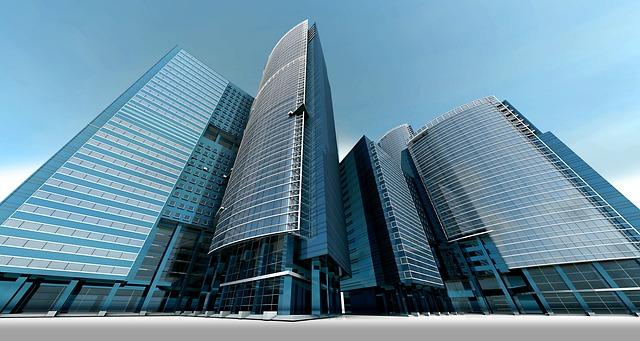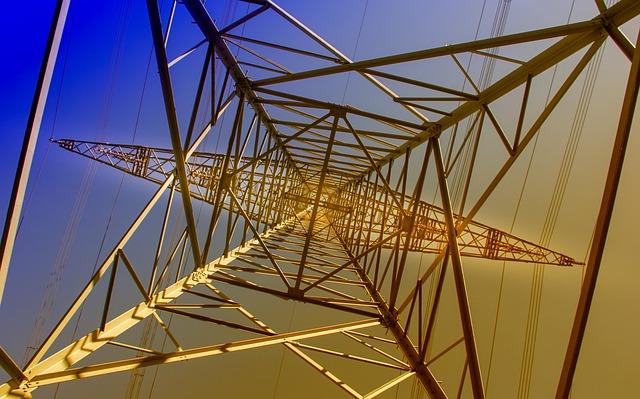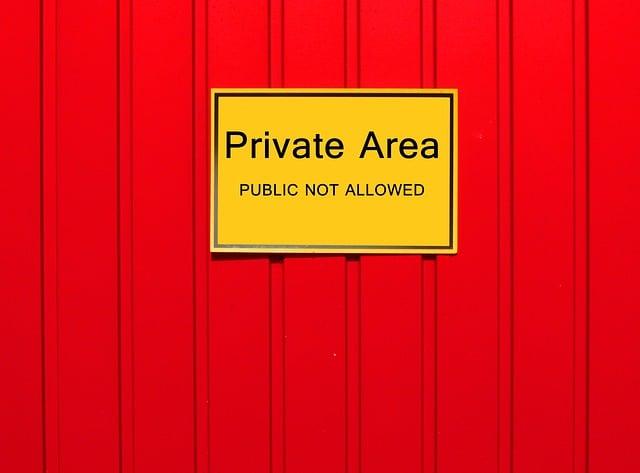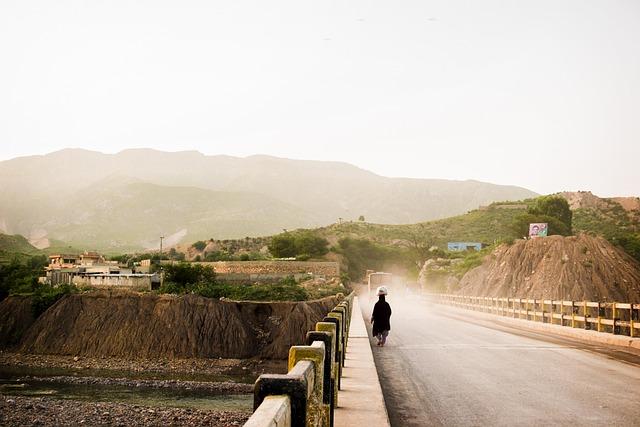Revamping Pakistan’s Infrastructure: Challenges and Solutions Ahead
In the vibrant tapestry of South Asia, Pakistan stands as a land of both opportunity and challenge, where the pulse of progress races against the backdrop of a complex infrastructural landscape. As the nation seeks to rejuvenate its backbone—the roads, bridges, energy grids, and urban spaces that tie communities together—the call for a comprehensive overhaul grows louder. The journey toward revitalizing Pakistan’s infrastructure is fraught with multifaceted challenges, from resource constraints to bureaucratic hurdles, yet it is also ripe with potential for groundbreaking solutions. This article explores the pressing obstacles that stand in the way of infrastructural advancement and highlights innovative strategies that can pave the path toward a resilient future. Join us as we embark on an exploration of the road ahead—one that could reshape the very foundation of this dynamic country.
Revitalizing Transportation Networks for Economic Growth
To foster economic growth, it is crucial to address the pressing issues within Pakistan’s transportation networks. The existing infrastructure is often marred by inefficiencies and congestion, which not only hampers the movement of goods but also stifles overall productivity. Revitalizing these networks can lead to enhanced connectivity and accessibility, facilitating smoother trade routes and quicker transit times. Key strategies to enhance these networks include:
- Investment in Modern Technologies: Implementing smart transportation systems can optimize traffic flow and reduce delays.
- Public-Private Partnerships: Collaborating with private sectors can attract funding and innovative solutions for infrastructure projects.
- Maintenance of Existing Assets: A systematic approach to repair and upgrade current facilities will prolong their lifespan and improve service quality.
Furthermore, focusing on sustainable practices can play a significant role in the transformation of transportation networks. Sustainable practices not only mitigate environmental impacts but also inspire confidence among investors and users alike. As part of a comprehensive plan, the integration of public transportation solutions, such as bus rapid transit systems and rail networks, can significantly enhance urban mobility. A comparative assessment of current transit options versus proposed improvements is outlined below:
| Transit Option | Current State | Proposed Improvement |
|---|---|---|
| Road Networks | Poor condition, congestion | Upgrading infrastructure and expanding capacity |
| Public Transit | Limited routes, unreliable | Implementing dedicated lanes and scheduled services |
| Rail Services | Outdated systems | Modernization and electrification of rail systems |

Enhancing Urban Planning to Address Population Expansion
As urban centers burgeon due to soaring populations, a strategic overhaul of planning methodologies is imperative to create sustainable habitats. Transitioning traditional planning frameworks to embrace innovative practices can pave the way for more resilient and adaptable urban environments. Key initiatives may include:
- Smart Zoning Regulations: Implement dynamic zoning that encourages mixed-use developments to enhance flexibility and promote community integration.
- Green Infrastructure: Invest in green spaces and permeable surfaces that improve air quality and manage stormwater effectively.
- Public Transit Expansion: Develop robust public transportation networks that reduce congestion and support economic growth while ensuring accessibility for all citizens.
Furthermore, engaging local communities in the planning process can yield insights that drive more effective solutions tailored to specific regional needs. Fostering a collaborative approach will not only empower residents but also cultivate a sense of ownership over urban landscapes. Establishing structured forums for dialogue and feedback can help decision-makers to make informed choices. Initiatives to consider include:
| Engagement Strategy | Expected Outcome |
|---|---|
| Workshops & Community Forums | Informed urban policies based on community insights |
| Surveys & Feedback Mechanisms | Direct resident input on development projects |

Harnessing Technology for Sustainable Infrastructure Development
In the quest for improved infrastructure, it is crucial to leverage technological advancements that provide sustainable and efficient solutions. Innovations such as smart materials, drone surveying, and sustainable construction technologies can significantly enhance both the quality and speed of development. Incorporating these technologies not only addresses immediate infrastructure needs but also prioritizes environmental conservation by reducing waste and energy consumption. Embracing Building Information Modeling (BIM) allows for better project visualization and management, leading to enhanced collaboration among stakeholders and minimizing costly delays.
To fully realize the benefits of modern technology, strategic partnerships between government entities, private companies, and tech startups are essential. Key actions may include:
- Implementing IoT solutions for real-time monitoring and maintenance
- Utilizing renewable energy sources in construction processes
- Promoting green building certifications to encourage eco-friendly practices
Furthermore, integrating technology into infrastructure development helps optimize resource allocation, ultimately leading to economic growth. Below is a simple overview of the impact of technology on infrastructure:
| Technology | Impact |
|---|---|
| Smart Materials | Enhanced durability and energy efficiency |
| Drone Surveying | Improved data collection and site analysis |
| 3D Printing | Streamlined construction with reduced waste |
| IoT Solutions | Efficient monitoring and predictive maintenance |

Promoting Public-Private Partnerships to Drive Investment
Harnessing the potential of public-private partnerships (PPPs) can serve as a catalyst for revitalizing Pakistan’s aging infrastructure. By leveraging the expertise and resources of the private sector, the government can address critical areas that require urgent attention. This collaborative approach fosters an environment of innovation, where both entities can share risks, reduce project timelines, and ultimately enhance service delivery. Key sectors ripe for this transformation include:
- Transportation: Developing smart transportation systems to ease congestion.
- Energy: Investing in renewable energy projects for sustainable development.
- Water Management: Establishing efficient water supply and waste management systems.
- Healthcare: Modernizing healthcare facilities and expanding access to services.
To make these partnerships successful, it is crucial to create a robust framework that transitions from traditional funding models to innovative investment structures. Transparency, accountability, and clear regulatory guidelines should be prioritized to build investor confidence. A well-organized incentive program could also play a pivotal role, allowing private entities to participate more actively in infrastructure projects. Below is a concise table highlighting essential components for successful PPPs:
| Component | Importance |
|---|---|
| Regulatory Framework | Ensures compliance and promotes investor trust. |
| Risk Sharing | Mitigates potential losses for private investors. |
| Funding Mechanisms | Provides necessary capital for project initiation. |
| Stakeholder Engagement | Bridges the gap between government and private enterprises. |
The Way Forward
As we stand on the precipice of a new era for Pakistan’s infrastructure, the challenges may seem daunting, but the opportunities for growth and innovation are equally compelling. The journey to revamp the nation’s roads, bridges, and urban spaces requires a concerted effort from all corners—government stakeholders, private investors, and the citizens themselves. By forging partnerships and embracing sustainable practices, Pakistan can navigate these complexities and lay the groundwork for a modern infrastructure that supports economic resilience and social equity.
In the face of obstacles such as funding constraints, bureaucratic hurdles, and environmental considerations, the solutions we seek are not just about building physical structures; they encompass the cultivation of a visionary mindset committed to progress. It is a call to action—an invitation for collaboration and creativity—as we collectively rise to meet the demands of a future that prioritizes connection, efficiency, and inclusivity.
As we turn the page to this new chapter, let us envision an infrastructure not merely as a network of roads and railways, but as a backbone of opportunity, bustling with potential for generations to come. The path ahead may be fraught with challenges, but with determination and ingenuity, the dream of a revitalized Pakistan is well within reach. The time for action is now—let us build the future we wish to see.



